Branding Cannabis: How do you think about branding in an emerging legal market?
The legalization of a market, such as the market for cannabis products, creates a highly turbulent business context. Branding newly legal products raises a number of unique branding challenges that companies must carefully consider as they prepare to enter these rapidly expanding markets.
Key Insights:
- unlike the traditional introduction of new products, market demand is immediately highly developed with multiple large segments of consumers
- making the right moves early on is a major advantage given the turbulent context created by legalization
- knowledge about the product is highly uneven, with significant misinformation and biases that brands can help customers navigate
- branding newly legal products plays an important role in guiding customers through different aspects of the market, including product category differences and regulatory and legal differences in different regions
There are a number of unique brand considerations when branding newly legal products. Careful branding can help a company stand out in a market that suddenly explodes due to a regulatory or legal change. In this white paper, we will explore the multiple issues around branding newly legal products, including: the immediate presence of multiple large and distinct market segments; the particular importance of making the right moves early on; the information and education vacuum about the product and the biases of previous illegality; and the regulatory and legal differences across regions, states and even countries. The recent case of cannabis provides a number of helpful examples as we consider the multiple issues in branding newly legal products branding.
The legalization of a market creates a highly turbulent business context. Opinions regarding morality and legitimacy are likely to remain uneven for a considerable amount of time, and the process of ethical normalization and changing ideas regarding associated social stigmas leads to numerous potential pitfalls and an evolving landscape for businesses and brands to navigate. In addition, potential unintended or unanticipated consequences abound, from regulatory rules to health issues, interest in ingredients, concerns around purity, credibility, trust and transparency.
It is in this context that we look at some key factors and considerations from a brand perspective that may help organizations think about opportunities in a newly legal market.
An Immediately Segmented Market
Branding newly legal products is different from the classic introduction of a product innovation or new technology. In the classic case, particularly where there are new technologies involved, we think of the market evolution as being defined by speed of adoption while it slowly grows and accelerates. It starts with the innovators, spreads to early adopters and truly takes off when it permeates the early and late majority and finally reaches the laggards.1 A key step for marketers is making the leap from early adopters to the mainstream market.
Crossing the Chasm
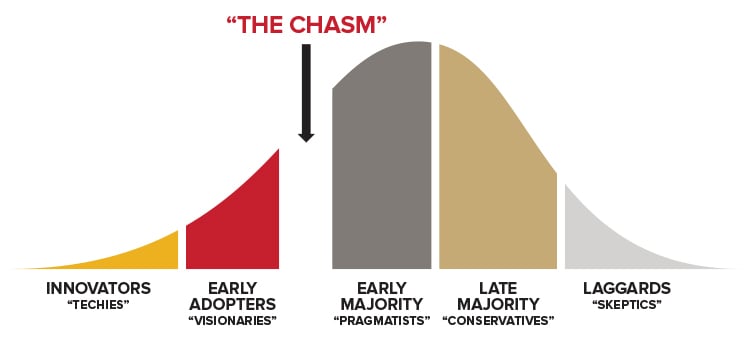
When it comes to newly legal products, it works differently: you can already find yourself in the early mainstream market. There is suddenly a massive market with multiple different segments, each of which needs to be thought of and targeted differently. Those who would normally be considered the innovators and early adopters have likely been in the “market” for a long time. The mass market very quickly explodes with groups of consumers with varying needs and preferences.
It’s important to think about segmentation immediately and to reflect your target customer in your branding and product development. Cannabis has a wide range of potential customers with unique branding considerations. Medicinal, recreational and cosmetic users should be exposed to different messaging that offers information and experiences that meet their specific needs.
For those ingesting cannabis, there are, at the very least, medicinal users and recreational users who are looking for very different experiences and outcomes. There are also huge gaps in knowledge and interest within both groups: despite illegality, there are highly experienced and often habitual users, alongside social users, curious experimenters and first-timers.
Wana Brands
Wana Brands are unapologetically committed to quality of life, which they improve with their wide range of edible THC products. Their tagline “Enhance Your Life” is simple and straight to the point, letting customers know that their product is for recreational use and enjoyment. Available in a variety of flavors, their gummy candies themselves embody the brand message: candy is a fun indulgence, especially when it is THC enhanced. With customers in Arizona, Colorado, Illinois, Nevada, Oregon and Michigan, Wana has amongst the widest reach of any U.S. cannabis company, and they are continuing to grow, offering recreational users the opportunity to enhance their lives legally and responsibly.

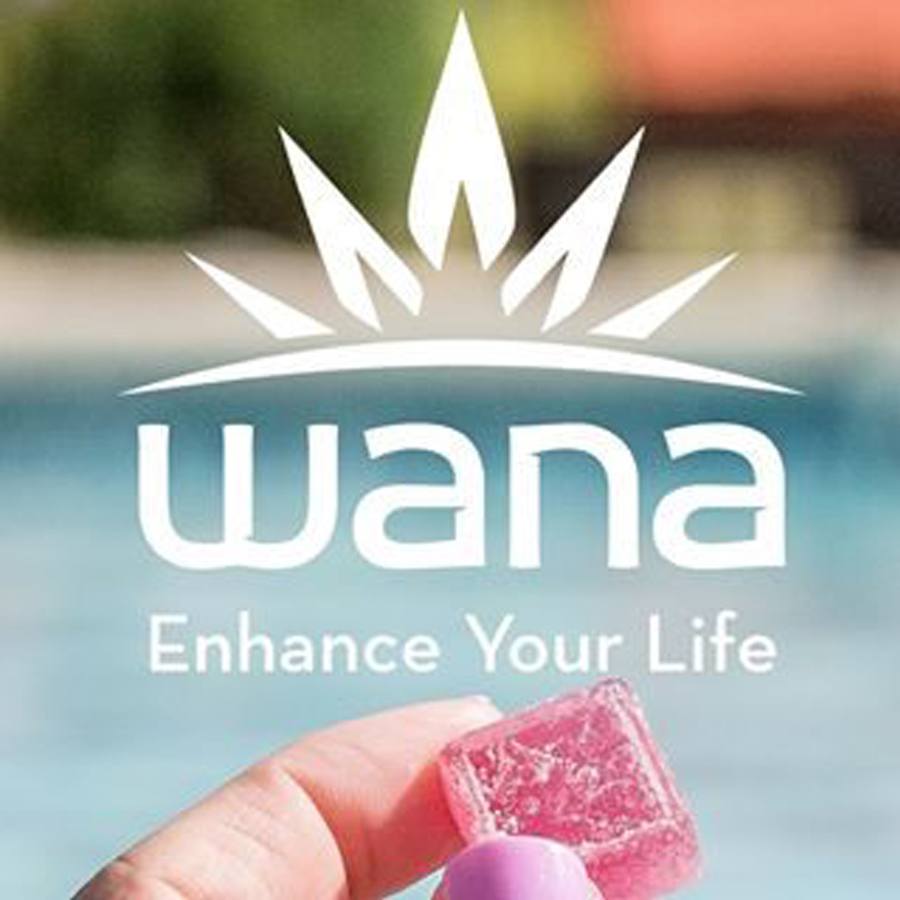
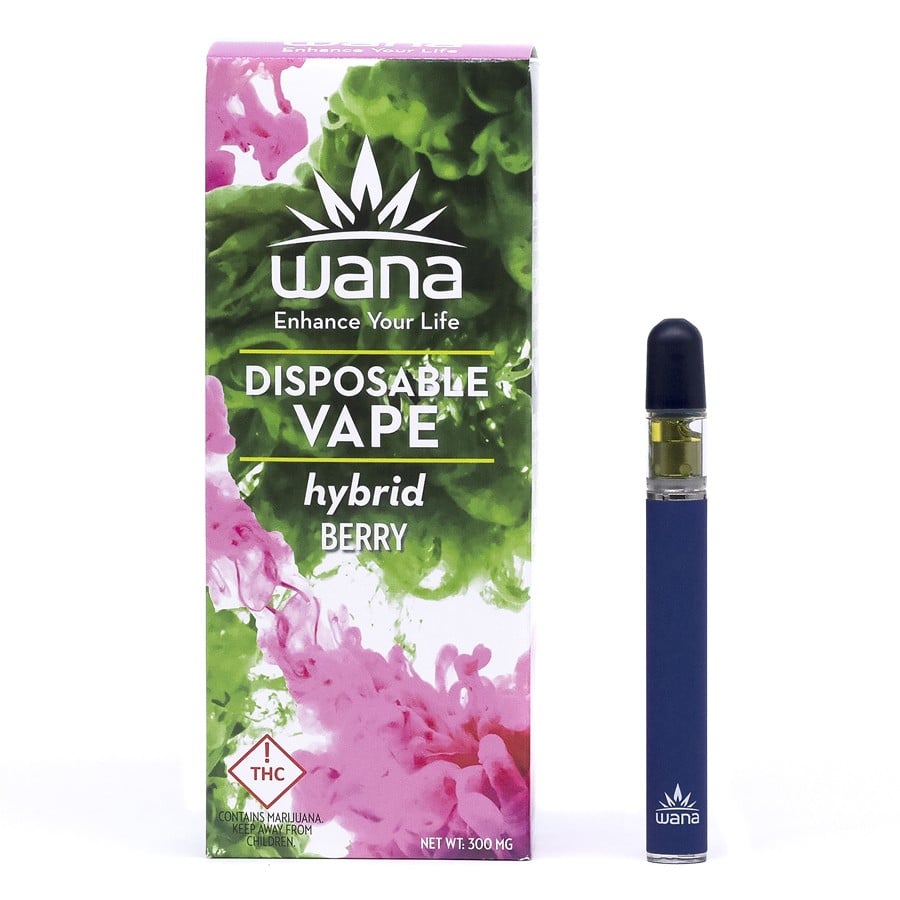
Images from wana.com
There are also those who want to use cannabis-based products, including creams, oils and cosmetics. Some use these products as treatment for chronic medical concerns, while others believe it offers highly effective advantages for overall health. Here, there are important distinctions between THC-based products, which offer psychoactive effects, and CBD-based products, which do not. Both types of compounds can make strong claims for medical and personal benefits, but they offer very different experiences and outcomes, as well as having different legal implications. Brands have to make careful decisions around what to highlight as they consider how best to communicate their brand values.2
Apothecanna
Apothecanna is minimalist, sleek and sophisticated, offering topical hemp-based creams for a luxurious spa-like experience. Their CBD compounds contain no THC, and they emphasize the purity of their organic and natural products. Their packaging has a subtle marijuana leaf on the bottom corner but contain no other reference to cannabis, appealing to customers interested in traditional plant-based medicine, and natural and sustainable consumption for overall wellness and skin therapy.


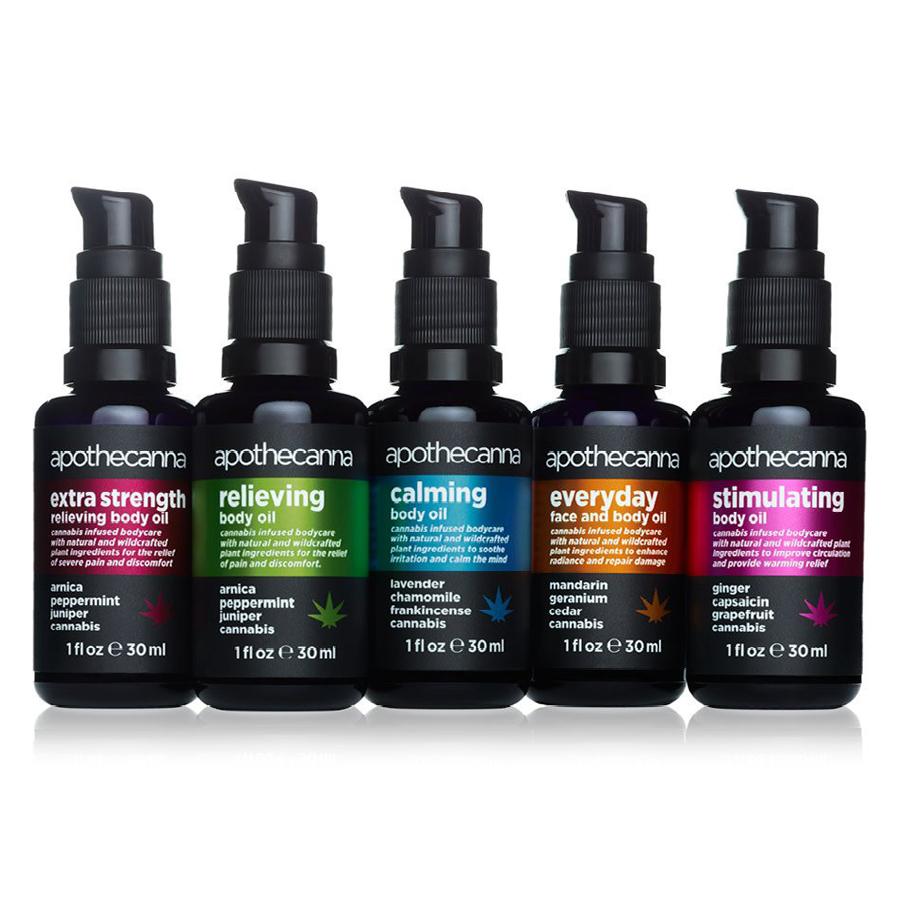
Images from apothecanna.com
Getting Early Moves Right
The emerging cannabis market is already a crowded one. This formerly illegal product is becoming big business, and companies must figure out how to differentiate themselves in this increasingly crowded space. And they have to do it fast. The immediate emergence of a new market creates a massive market share grab. First movers have a huge advantage in establishing themselves early and helping to shape the market and the discussion around the product. Brands must be prepared to move quickly to situate themselves, but they must carefully consider who their target customers are and how best to infuse their branding with a message that meets these needs. The brands that succeed will have a clear message that differentiates them from their competitors; many brands are getting stuck in pot puns. They may see temporary gains through deals and sales, but to last long term, they need to employ sophisticated branding that communicates their message and values.
As brands focus on cementing their position and reaching out to new customers, they should be careful to build ties with the already committed users. The cannabis community is a vibrant and sophisticated one; making strong connections within the community can help a brand shape the conversation and be on the cutting edge going forward.
Marley Natural
Funded largely by Bob Marley’s estate, Marley Natural has built on Bob Marley’s deep connection to cannabis and its long-time adherents. Emphasizing the premium nature of its products, Marley Natural is responsibly sourced with deep ties to the communities in which it works, from farmers to vendors to retailers to customers, all of whom are celebrated on their blog. Their strong social justice ethos and belief in the transformative power of cannabis is reflected in their community of cannabis advocates and activists, with whom they work on a variety of empowerment projects geared for social change.
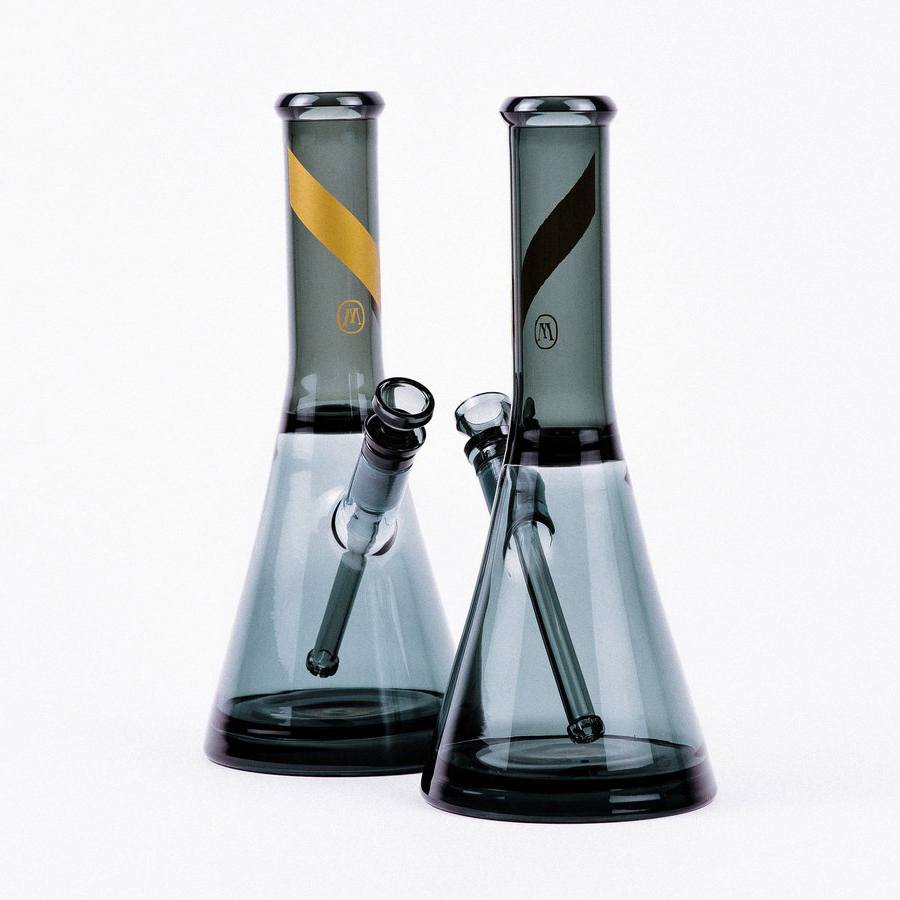

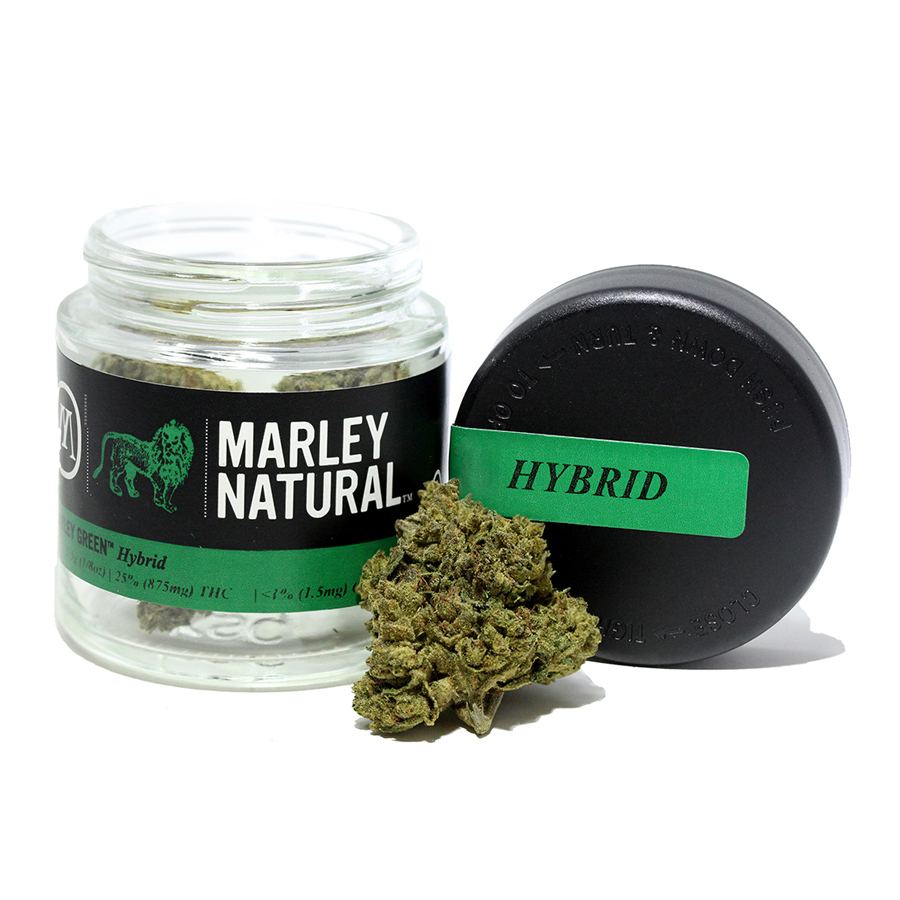
Images from marleynatural.com
The Education Vacuum
As products transition to legitimacy, there are a lot of unique challenges. Prohibition leaves a vacuum of information and education due to a lack of discussion about the product and its benefits on a large scale from legitimate businesses, media and regulators. This leads to confusion and misinformation, as well as under-investment in credible research that can be communicated to customers. This presents opportunities and challenges to brands as they help shape the conversation and framework for the product.
There are also limitations to where a brand can advertise. For the moment (though this might change soon), Facebook and Google ads essentially do not allow cannabis advertising. Brands needs to get creative in order to reach their audiences, developing user-generated content and building communities that can help spread the word when branding newly legal products.
Formerly illegal products have to contend with a lot of biases and confusion; branding can connect the customer with the information she needs to understand why the product is right for her. A key priority is establishing credibility for this newly legitimate product: a strong brand can rise above confusion to become the trusted source for information as part of its branding message. Brands can help customers develop confidence and use their branding to guide them through legal questions and compound-based decisions.
There are important regulatory considerations across regions and state lines that companies must be attentive to. Products like cannabis may be legal in one place and not another, but it is further complicated by the distinction between CBD and THC: while CBD creams are legal, they may contain traces of THC depending on the purity of manufacturing, which would render the products illegal in certain states. The purer the production process, the more universally usable the product can be. Regulatory grey areas can make it difficult for large retailers to commit to the market, and for ambitious manufacturers to rapidly scale up distribution.
Canopy Growth
Ontario, Canada-based Canopy Growth became the first publicly traded cannabis company in 2014. They innovated compassionate medical pricing for patients, which has now become industry standard, and launched a variety of medical education programs in the medical sector, building strong relationships with doctors and other health professionals. They established themselves as the go-to medical product on the market and continue to cement that position through ongoing medical education and partnerships and distribution relationships with pharmacies in Germany and other countries. Their Tweed retail stores offer walk-in assistance and hands-on education for patients and other customers, building on their early mover advantage to remain the central source for medical cannabis products.


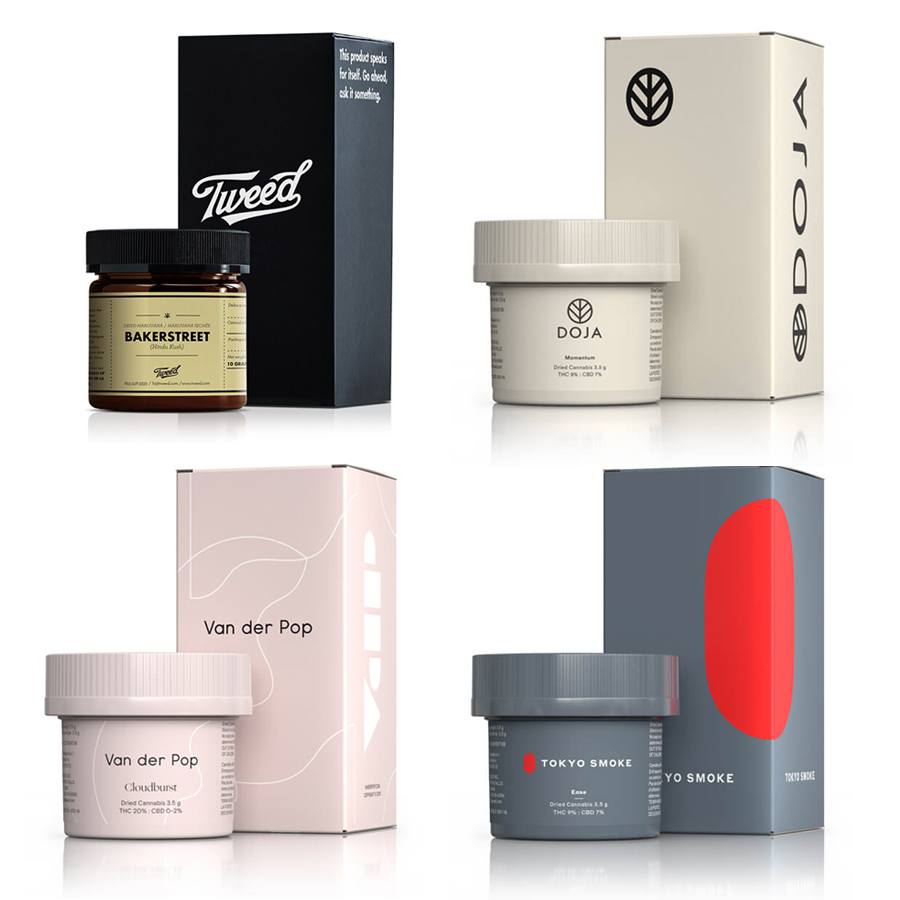
Images from canopygrowth.com
The knowledge gaps across the cannabis market base vary widely, from the totally inexperienced and unexposed potential customer to the highly educated habitual user. The latter group will be deeply attentive to the question of varieties, modes of consumption, and the implications for flavor, experience and duration. They are already committed to cannabis, so differentiation around quality, consistency, flavor and experience becomes a key part of their decision making.
Social users, experimenters and first-timers know much less about what to expect and how to identify and meet their own needs. These market segments have different expectations and baseline understanding of cannabis and its various products, making branding all the more vital as an aid to decision making. Brands will need to make careful choices about what the brand stands for, how it presents itself, its tone, its messaging and who it is trying to reach.
There are a number of ways to reach new audiences by identifying the different reasons for consumption and appealing to them in unique ways through carefully crafted messaging. It is vital to quickly understand the drivers behind the decisions of potential customers and help shape their perceptions and emphasize benefits to contend with previous biases.
While there is great scope for playfulness in these kinds of markets, brands need to be thoughtful about the choices they make that communicate what they stand for. There is an opportunity to try to be the most scientifically credible and legitimate, which will appeal to the medicinally motivated market segment. The expansion of cannabis into creams, cosmetics and other health and wellness products will benefit from the medical and scientific marketing efforts. Brands could also choose to emphasize pleasure and recreational use, using branding to communicate the specific experiences and range of options on offer. These are distinct brand choices that reflect the brand promise and message and have significant implications for the ongoing development of the market and the range of products available.
Conclusion
Getting in the market early is a huge advantage when branding newly legal products, allowing brands to become trusted sources of information. But brands must think carefully about the immediate presence of multiple market segments rather than waiting for them to develop over time. They have to make quick decisions about which segments to target that will also shape their product and the values it embodies. Cannabis products can include THC, CBD or both, can be ingested in multiple ways, and can be creams, oils and cosmetics. Each of these offers a different experience, and will require specific branding targeted to a given segment. And this is before addressing adjacent, potentially large markets such as cannabis products for pets.
Branding will also help customers navigate the confusing issues around legality and regulatory differences in different places, offering clear information and giving customers the confidence to make the choices about what best suits their needs. Brands must consider the wide range of education and experience in these kinds of products, and craft their messaging accordingly. The industry is still nascent but new brands are emerging to offer customers a range of choices; strong and clear branding will ensure that yours will stand out in the crowded field.
As you consider your marketing strategy going forward, how will you use branding to elevate the conversation and stand out in the emerging cannabis market?
Interested in learning more about this topic and our insight? Please call us at 610.940.9030 or contact us here.
Selected Sources
- Geoffrey Moore, Crossing the Chasm: Marketing and Selling High-Tech Products to Mainstream Customers, HarperBusiness, 2005.
- Max Lenderman; Cannabis Brands Need to Establish a Purpose That Doesn’t Rely on Marijuana Puns
- Nick Hilden; Six Strategies for Growing your Cannabis Brand
- Kyra Reed; Building a Better Brand: Do's and Don'ts
